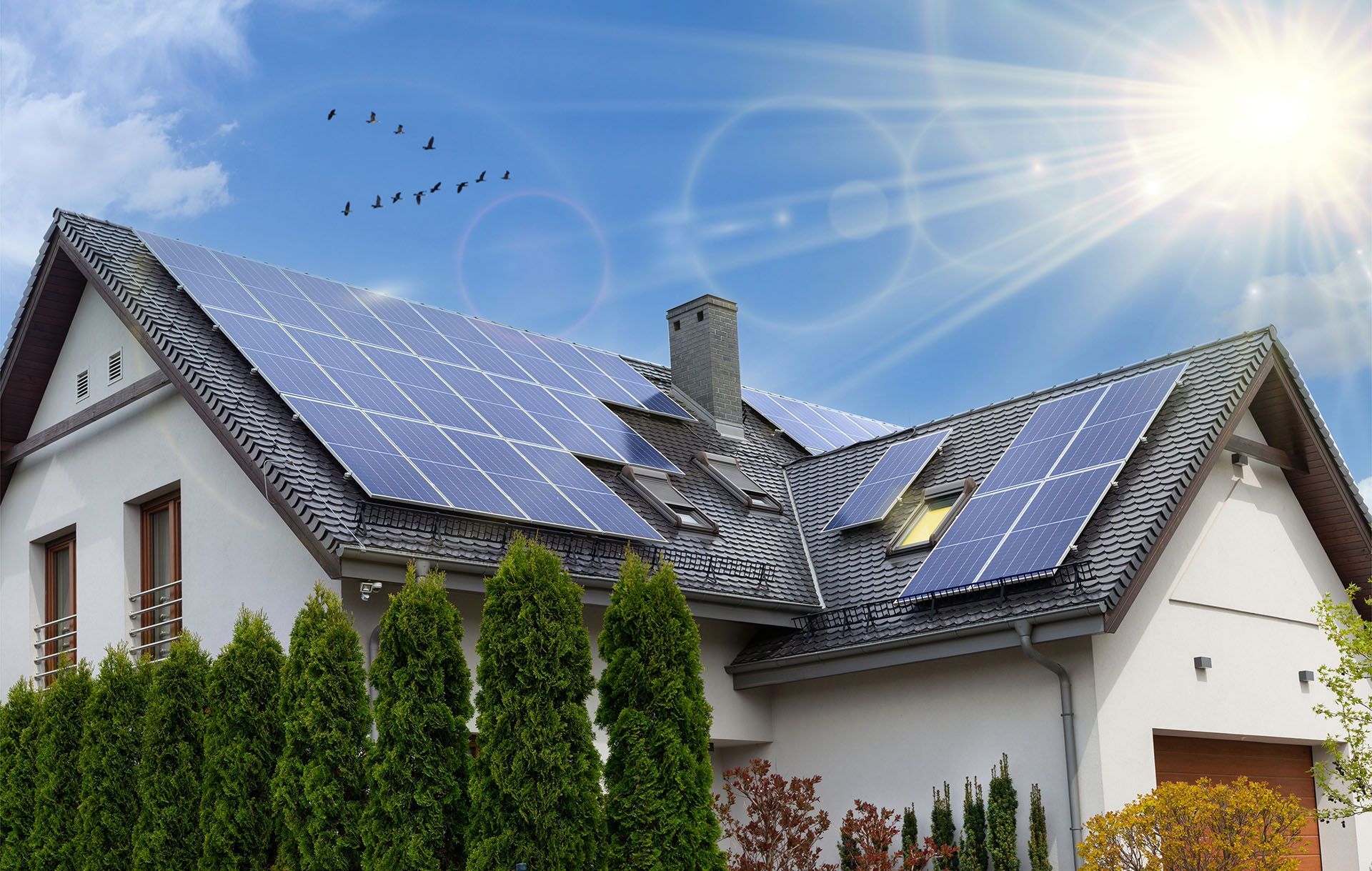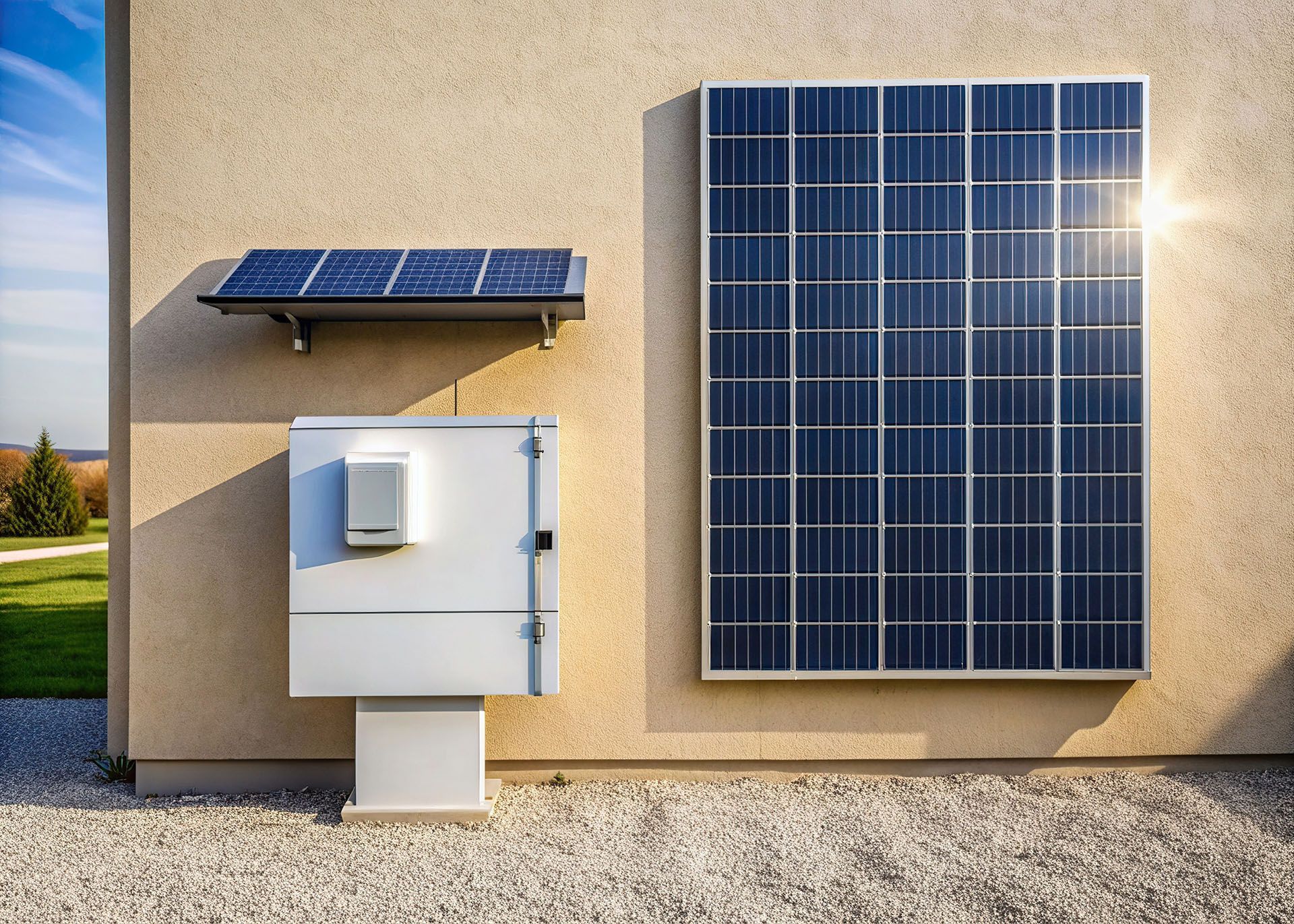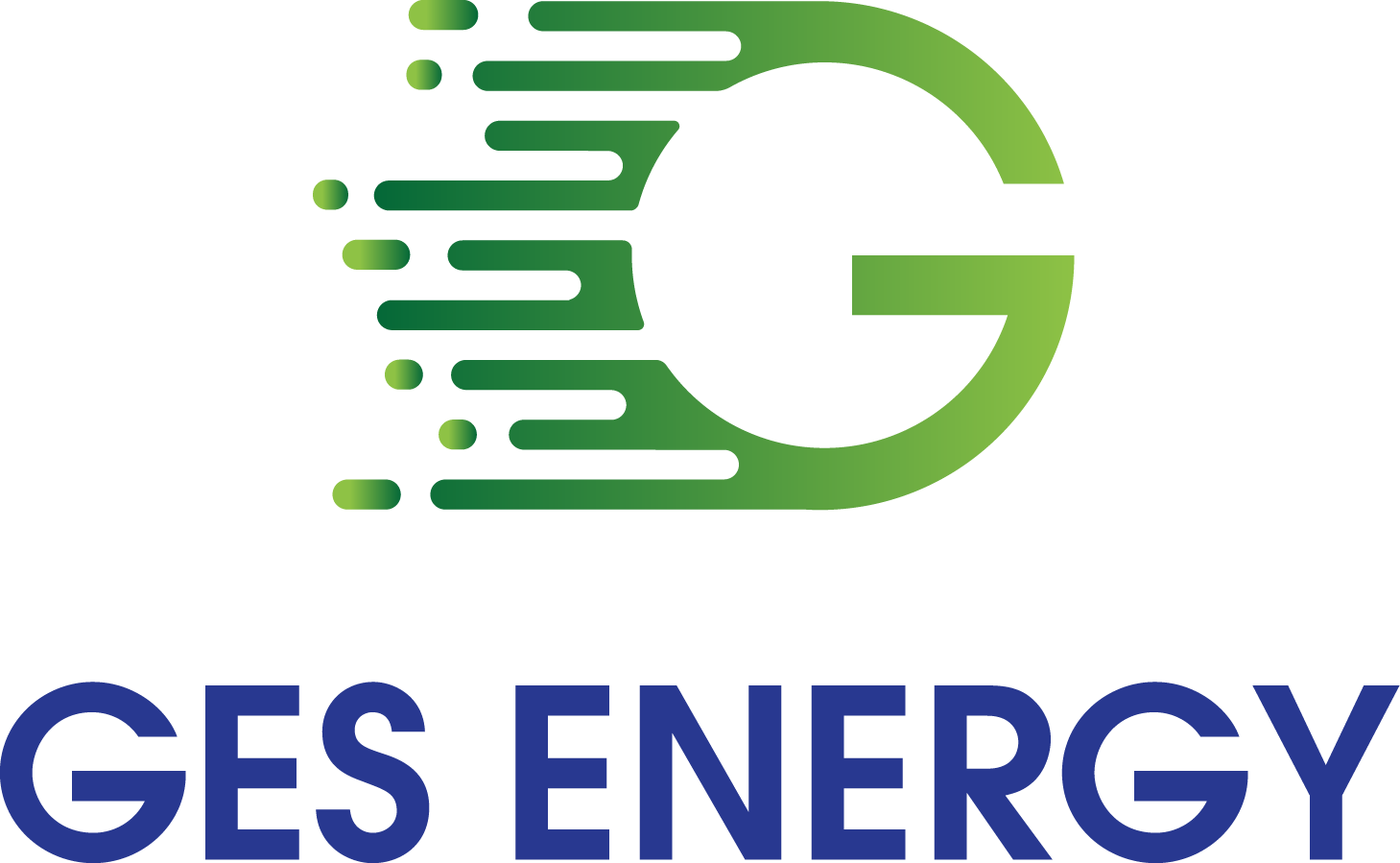Have A Question?
Comparing Solar System Prices Across Different Australian States
When evaluating the cost of solar power installations across various Australian states, it is essential to consider several critical factors that significantly influence overall expenses. These factors include labour costs, regulatory requirements, state-specific incentives, and geographical conditions that may impact installation logistics. This comprehensive analysis aims to provide stakeholders with an in-depth comparison of solar installation costs across the nation.
Introduction
Solar power installations are increasingly popular among medium to large businesses and industrial units, representing a significant investment with considerable potential for energy production. This analysis is designed to equip potential investors with the knowledge to make informed decisions by comparing costs across different Australian states.
Factors Influencing Installation Costs
A thorough understanding of the variables that affect installation costs is crucial for any stakeholder considering solar energy investments:
Labour Costs
The cost and availability of skilled labour can vary widely between different states and even within regions, directly impacting the total installation costs.
Regulatory Requirements
Each state has its own set of regulations governing solar installations, which can affect the duration and expense of the project due to compliance and permitting processes.
Incentives
Incentives at both the federal and state levels can play a significant role in reducing the upfront costs associated with solar installations, thereby enhancing their financial viability.
Geographical Conditions
The local climate and specific site conditions can influence the logistics of the installation process and the efficiency of the solar panels once operational.
This overview sets the stage for a detailed exploration of how these factors converge to shape the landscape of solar power installation costs across Australia.
State-by-State Cost Comparison
100 kW system
New South Wales (NSW)
| Average Cost | Incentives | Key Factors |
|---|---|---|
| $80,000 - $100,000 | Includes federal STCs and potential local government rebates. | High labour costs in metropolitan areas can elevate prices. |
Victoria (VIC)
| Average Cost | Incentives | Key Factors |
|---|---|---|
| $78,000 - $95,000 | Various state rebates in addition to federal STCs, particularly for businesses. | Relatively stable labour costs and a strong market for solar. |
Queensland (QLD)
| Average Cost | Incentives | Key Factors |
|---|---|---|
| $75,000 - $90,000 | Robust state and federal incentives, especially in remote areas. | High solar irradiance and competitive installation market help reduce costs. |
South Australia (SA)
| Average Cost | Incentives | Key Factors |
|---|---|---|
| $77,000 - $93,000 | Attractive state-level incentives and federal STCs. | Aggressive local policies supporting solar have fostered a competitive market. |
Western Australia (WA)
| Average Cost | Incentives | Key Factors |
|---|---|---|
| $85,000 - $105,000 | Few state incentives, but federal STCs are applicable. | Additional costs due to remoteness and transport logistics for equipment. |
Tasmania (TAS)
| Average Cost | Incentives | Key Factors |
|---|---|---|
| $90,000 - $110,000 | Limited local incentives; relies mainly on federal STCs. | Higher costs driven by logistical challenges and lower average sunlight exposure. |
Cost Comparison by State
60kW system
New South Wales (NSW)
| Estimated Cost | Key Incentives | Geographical Considerations |
|---|---|---|
| $75,000 - $90,000 | Government rebates and feed-in tariffs. | Urban areas like Sydney might face higher labour costs but also have more competitive bidding among contractors. |
Victoria (VIC)
| Estimated Cost | Key Incentives | Geographical Considerations |
|---|---|---|
| $70,000 - $85,000 | Victoria's Solar Homes Program offers substantial rebates for businesses. | Cooler climate may reduce cooling costs for systems, slightly lowering maintenance expenses over time. |
Queensland (QLD)
| Estimated Cost | Key Incentives | Geographical Considerations |
|---|---|---|
| $65,000 - $80,000 | Attractive feed-in tariffs and grants for solar installations. | High solar irradiation levels make solar investments particularly effective. |
South Australia (SA)
| Estimated Cost | Key Incentives | Geographical Considerations |
|---|---|---|
| $68,000 - $83,000 | SA offers various incentives for commercial solar systems. | High uptake of solar power can offer greater competitive pricing due to a mature market. |
Western Australia (WA)
| Estimated Cost | Key Incentives | Geographical Considerations |
|---|---|---|
| $80,000 - $95,000 | Less state-specific support but eligible for federal STCs. | Remote areas may incur higher costs due to transportation and fewer local installers. |
Tasmania (TAS)
| Estimated Cost | Key Incentives | Geographical Considerations |
|---|---|---|
| $85,000 - $100,000 | Limited local incentives; primarily dependent on federal support. | Cooler temperatures and less sunlight can require more panels for the same output, increasing costs. |
State-by-State Cost Comparison
40kW system
New South Wales (NSW)
| Average Cost | Incentives | Key Factors |
|---|---|---|
| $40,000 - $50,000 | Various local government rebates and federal STCs (Small-scale Technology Certificates). | High labour costs in urban areas like Sydney can increase installation costs. |
Victoria (VIC)
| Average Cost | Incentives | Key Factors |
|---|---|---|
| $38,000 - $48,000 | State rebates and federal STCs; additional rebates for businesses depending on the area. | Moderate labour costs and a high uptake of solar energy contribute to a slightly lower cost compared to NSW. |
Queensland (QLD)
| Average Cost | Incentives | Key Factors |
|---|---|---|
| $35,000 - $45,000 | State and federal incentives, with additional benefits for installations in remote areas. | Favorable weather conditions and high solar irradiance lead to lower costs and higher efficiency. |
South Australia (SA)
| Average Cost | Incentives | Key Factors |
|---|---|---|
| $37,000 - $47,000 | Attractive state-level incentives coupled with federal STCs. | High competition among installers leads to more competitive pricing. |
Western Australia (WA)
| Average Cost | Incentives | Key Factors |
|---|---|---|
| $40,000 - $55,000 | Limited state incentives but includes federal STCs. | Higher costs due to the remoteness of many locations and associated logistics. |
Tasmania (TAS)
| Average Cost | Incentives | Key Factors |
|---|---|---|
| $45,000 - $55,000 | Fewer incentives than mainland states; federal STCs apply. | Higher logistical costs and fewer hours of sunlight increase overall costs. |
Cost Comparison by State
30kW system
New South Wales (NSW)
| Estimated Cost | Key Incentives | Geographical Considerations |
|---|---|---|
| $45,000 - $55,000 | Rebates and feed-in tariffs available, plus federal STCs. | Urban settings like Sydney might experience higher labour costs. |
Victoria (VIC)
| Estimated Cost | Key Incentives | Geographical Considerations |
|---|---|---|
| $40,000 - $50,000 | Solar Homes Program can significantly cut down costs. | Cooler climate can affect panel efficiency, slightly altering output. |
Queensland (QLD)
| Estimated Cost | Key Incentives | Geographical Considerations |
|---|---|---|
| $38,000 - $48,000 | High feed-in tariffs and other local government incentives. | Favorable solar irradiation increases system efficiency. |
South Australia (SA)
| Estimated Cost | Key Incentives | Geographical Considerations |
|---|---|---|
| $39,000 - $49,000 | Competitive incentives for businesses adopting solar. | High solar uptake can lead to competitive market pricing. |
Western Australia (WA)
| Estimated Cost | Key Incentives | Geographical Considerations |
|---|---|---|
| $42,000 - $52,000 | Eligibility for federal STCs, with fewer state-specific incentives. | Higher costs in remote areas due to logistics and installation challenges. |
Tasmania (TAS)
| Estimated Cost | Key Incentives | Geographical Considerations |
|---|---|---|
| $44,000 - $54,000 | Mainly federal incentives, with limited state support. | Less sunlight and cooler temperatures necessitate more efficient or additional panels. |
Cost Comparison by State
20kW system
New South Wales (NSW)
| Estimated Cost | Key Incentives | Geographical Considerations |
|---|---|---|
| $28,000 - $35,000 | Access to various local government rebates and federal STCs. | Urban areas like Sydney might face higher costs due to increased labour rates. |
Victoria (VIC)
| Estimated Cost | Key Incentives | Geographical Considerations |
|---|---|---|
| $26,000 - $33,000 | Benefits from the Solar Homes Program which significantly reduces upfront costs. | The cooler climate may influence system efficiency and design considerations. |
Queensland (QLD)
| Estimated Cost | Key Incentives | Geographical Considerations |
|---|---|---|
| $25,000 - $32,000 | Attractive for its high solar irradiance, with generous feed-in tariffs and local grants. | High solar yield makes installations particularly cost-effective. |
South Australia (SA)
| Estimated Cost | Key Incentives | Geographical Considerations |
|---|---|---|
| $27,000 - $34,000 | Strong support from state incentives coupled with federal STCs. | A mature solar market has led to competitive pricing and installation costs. |
Western Australia (WA)
| Estimated Cost | Key Incentives | Geographical Considerations |
|---|---|---|
| $30,000 - $38,000 | Fewer state-specific incentives but eligible for federal benefits. | Remote areas may incur additional costs due to transport and fewer local installers. |
Tasmania (TAS)
| Estimated Cost | Key Incentives | Geographical Considerations |
|---|---|---|
| $31,000 - $39,000 | Mainly supported by federal STCs, with limited state incentives. | Cooler temperatures and less solar irradiation can require more panels or higher efficiency systems. |
Comparative Analysis
From the data, Queensland emerges as the most cost-effective state for installing a solar system, primarily due to its excellent solar conditions and competitive market. In contrast, Tasmania and Western Australia face higher installation costs due to geographic and logistic constraints.
Conclusion
For businesses considering a different solar system, the choice of location can significantly impact the overall cost-effectiveness of the installation. It's advisable for potential investors to engage with local experts and thoroughly assess all available incentives to optimise their investments. Tailored quotes from certified installers are recommended to obtain precise financial and technical evaluations.
This comprehensive cost comparison provides a foundational understanding for businesses looking to invest in a solar system across various Australian states. If you are planning a solar project anywhere in Australia and would like to get a quote,
send us an enquiry. We offer a free complimentary consultation.
Browse by Categories






